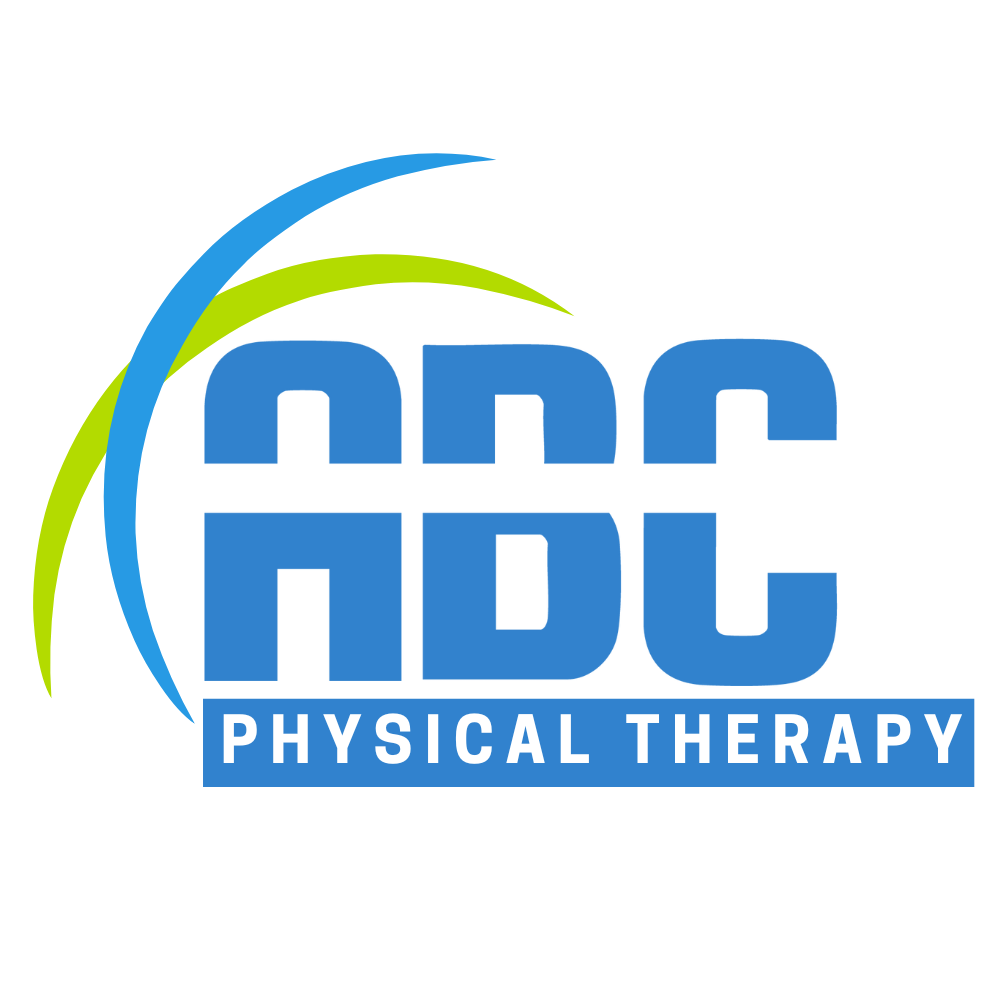Dry Needling for Physical Therapy: A Comprehensive Guide
If you've been dealing with persistent muscle pain, tension, or limited mobility, you may have heard your physical therapist mention dry needling as a treatment option. This increasingly popular technique has been helping patients find relief from various musculoskeletal conditions, but many people are still unfamiliar with what it involves and how it works.
Dustin, in our Gig Harbor office, completed 75 hours of training and an additional 150 treatments to become certified in Dry Needling.
Call our office to book your session today!
What Is Dry Needling?
Dry needling is a therapeutic technique used by trained physical therapists to treat muscle pain and movement impairments. The procedure involves inserting thin, sterile needles (similar to acupuncture needles) directly into trigger points, tight muscle bands, or areas of muscle tension throughout the body.
The term "dry" simply means that no medication or solution is injected through the needle. Instead, the needle itself serves as the therapeutic tool, working to release muscle tension and promote natural healing responses in the body.
How Does It Work?
When a needle is inserted into a trigger point or tight muscle, it can cause a local twitch response—a brief contraction of the muscle. This response helps:
Release contracted muscle fibers
Increase blood flow to the affected area
Reduce local inflammation and chemical irritants
Disrupt pain signals being sent to the nervous system
Stimulate the body's natural healing mechanisms
Key Benefits of Dry Needling
1. Rapid Pain Relief
Many patients experience immediate reduction in pain levels following a dry needling session. By releasing trigger points and muscle tension, the technique can provide relief that might take multiple sessions with other treatment methods.
2. Improved Range of Motion
Tight, contracted muscles can significantly limit your ability to move freely. Dry needling helps restore flexibility and range of motion by releasing these restrictions, allowing you to move more comfortably and perform daily activities with greater ease.
3. Faster Recovery from Injury
By increasing blood flow and promoting healing at the cellular level, dry needling can accelerate recovery from both acute injuries and chronic conditions. This makes it an excellent complement to other physical therapy interventions.
4. Enhanced Athletic Performance
Athletes often use dry needling to maintain optimal muscle function, prevent injuries, and recover more quickly between training sessions or competitions. It can help address muscle imbalances and maintain flexibility.
5. Reduced Need for Medication
For those dealing with chronic pain, dry needling offers a drug-free alternative or complement to pain medications, potentially reducing reliance on pharmaceuticals and their associated side effects.
6. Treatment of Multiple Conditions
Dry needling has been shown to be effective for a wide range of conditions, including:
Neck and back pain
Shoulder pain and rotator cuff injuries
Headaches and migraines
Tennis and golfer's elbow
Hip and knee pain
Plantar fasciitis
Muscle strains and sports injuries
Fibromyalgia symptoms
Temporomandibular joint (TMJ) disorders
7. Minimal Side Effects
When performed by a trained professional, dry needling has relatively few side effects. Some patients may experience temporary soreness, minor bruising, or fatigue, but serious complications are rare.
8. Complements Other Treatments
Dry needling works exceptionally well as part of a comprehensive physical therapy program. It can be combined with manual therapy, therapeutic exercise, stretching, and other modalities to maximize treatment outcomes.
What to Expect During Treatment
A typical dry needling session lasts between 15 to 30 minutes, though this can vary based on the areas being treated. Your physical therapist will identify the appropriate muscles and trigger points, then carefully insert the needles. You may feel a brief cramping sensation or muscle twitch when the needle hits a trigger point—this is normal and actually indicates the treatment is working.
Most patients describe the sensation as tolerable, and any discomfort typically subsides quickly. Many find the relief that follows well worth any momentary discomfort during the procedure.
Is Dry Needling Right for You?
Dry needling can be an excellent option for individuals who:
Have not responded well to traditional physical therapy alone
Experience chronic muscle tension or trigger points
Want to accelerate their recovery process
Prefer non-pharmaceutical pain management options
Have been cleared by a healthcare provider for the procedure
However, it's not suitable for everyone. Your physical therapist will evaluate whether dry needling is appropriate for your specific condition and medical history.
The Bottom Line
Dry needling represents a valuable tool in the physical therapist's treatment arsenal. When combined with traditional physical therapy techniques, it can provide significant relief from pain, improve function, and help patients return to the activities they love more quickly. If you're struggling with persistent muscle pain or limited mobility, ask your physical therapist whether dry needling might be a beneficial addition to your treatment plan.
Always consult with a qualified healthcare provider or licensed physical therapist to determine if dry needling is appropriate for your individual needs.
